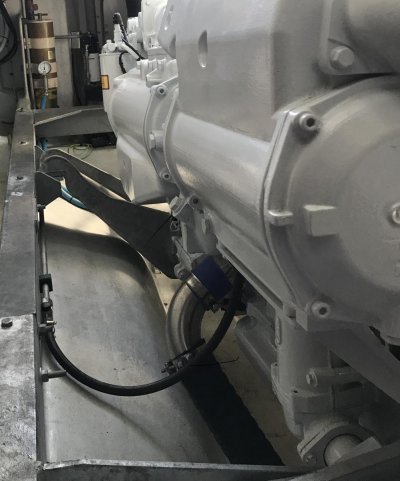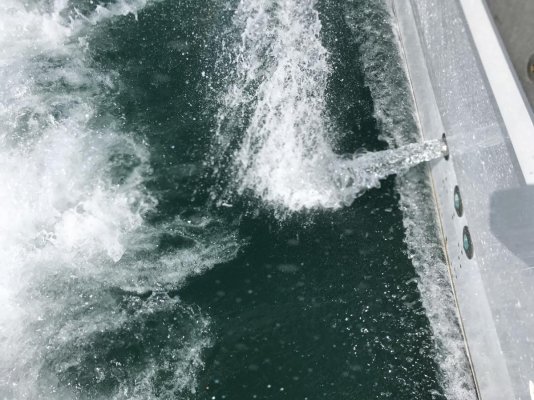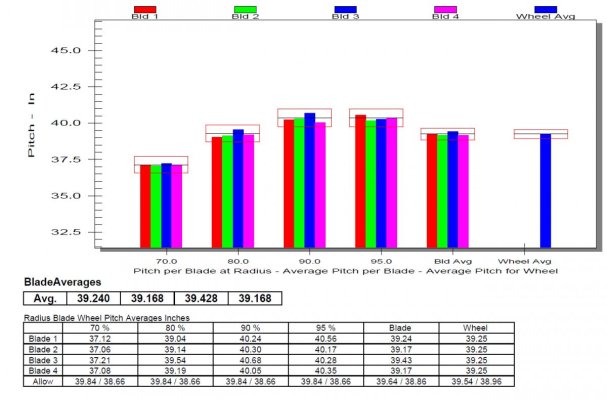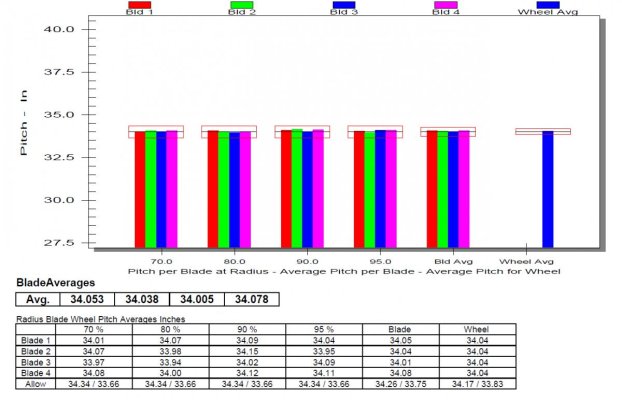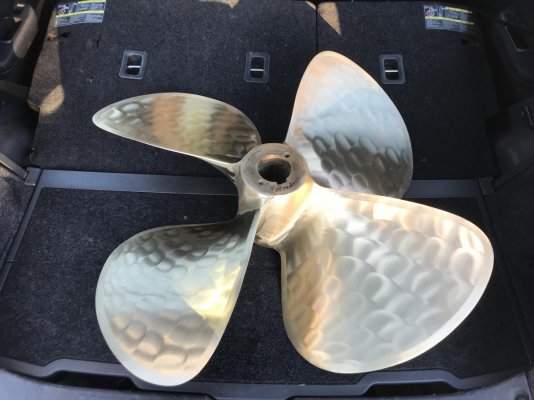yarradeen
Veteran Member
Giday all
First sea trials on new engine fpt c13 825hp testing showed excessive back pressure due to volume of water output by raw water pump. This is known issue with these engines. Supplier has advised bypassing overboard. My installer has fabricated a bypass with a gate valve to regulate flow.
Next sea trials supplier will measure back pressure at full noise and adjust gate valve to bring pressure back to acceptable readings.
Old engine was a v8 700hp that had two exchausts connected to pong box (Aussie for water lift muffler). These where 6 inch. New engine is inline six with single 8 inch outlet. Pong box has be modified blocking one outlet and enlarging other.
The back pressure issue is at max throttle as raw water pump volume increases with rpm and so does exhaust flow.
My question is how to ensure there is enough water left after bypass to provide cooling not just at full throttle but also at lower rpm settings?
Should I check exhaust temps at all rpm setting and what is acceptable? My installer says as long as it not hot to touch all is good. I would prefer a more scienetifc approach I guess. I have a one of those laser temp sensors what should I be looking for temp wise?
As a side note the pong box is made from stainless steel covered in fiber glass my installer was surprised at this. Is this common?
First sea trials on new engine fpt c13 825hp testing showed excessive back pressure due to volume of water output by raw water pump. This is known issue with these engines. Supplier has advised bypassing overboard. My installer has fabricated a bypass with a gate valve to regulate flow.
Next sea trials supplier will measure back pressure at full noise and adjust gate valve to bring pressure back to acceptable readings.
Old engine was a v8 700hp that had two exchausts connected to pong box (Aussie for water lift muffler). These where 6 inch. New engine is inline six with single 8 inch outlet. Pong box has be modified blocking one outlet and enlarging other.
The back pressure issue is at max throttle as raw water pump volume increases with rpm and so does exhaust flow.
My question is how to ensure there is enough water left after bypass to provide cooling not just at full throttle but also at lower rpm settings?
Should I check exhaust temps at all rpm setting and what is acceptable? My installer says as long as it not hot to touch all is good. I would prefer a more scienetifc approach I guess. I have a one of those laser temp sensors what should I be looking for temp wise?
As a side note the pong box is made from stainless steel covered in fiber glass my installer was surprised at this. Is this common?



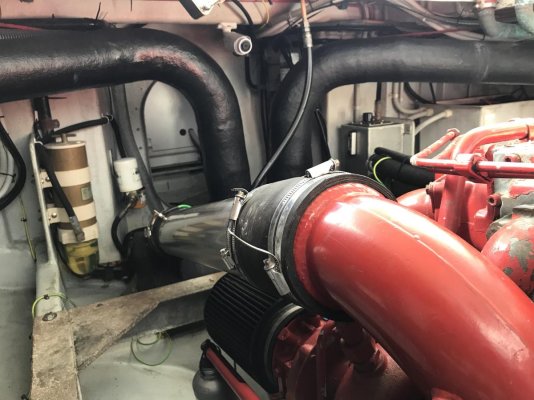
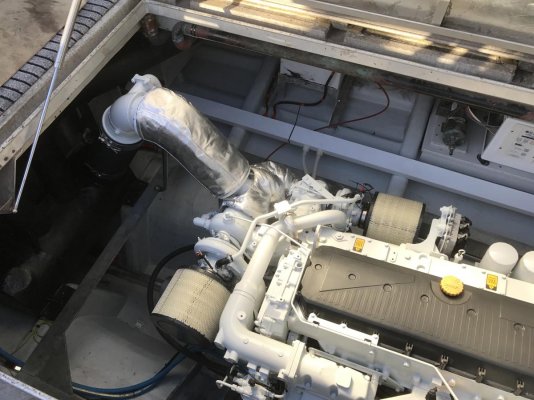
 Don't ask how I know.
Don't ask how I know.

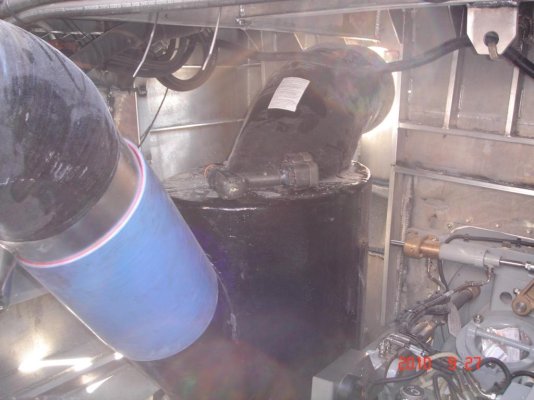
 I think ultimate solution will be either Idle RPM increase of some smart software to bump up the RPM as the actuator selects gears...
I think ultimate solution will be either Idle RPM increase of some smart software to bump up the RPM as the actuator selects gears...